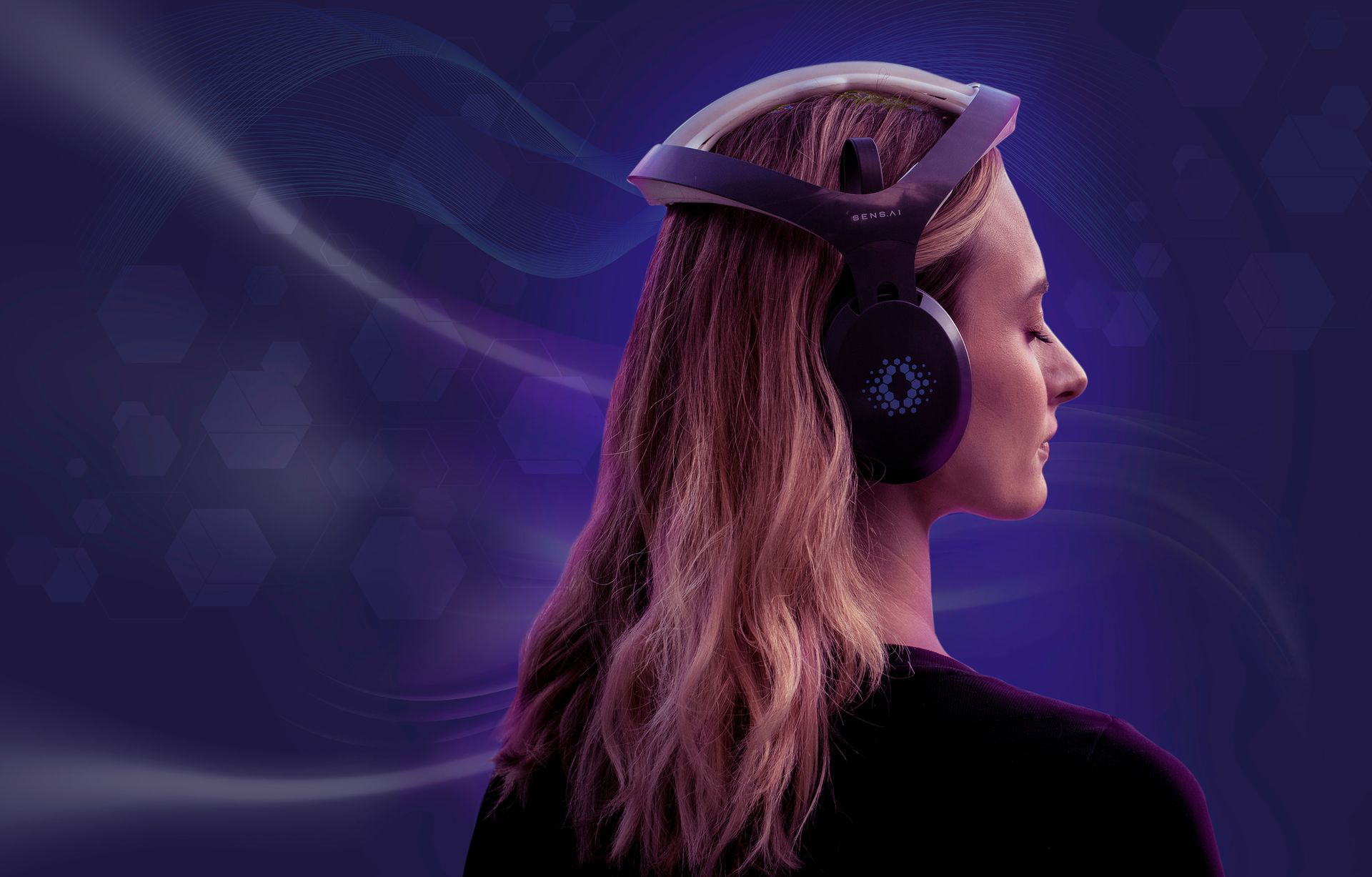In the ever-evolving landscape of technology, the integration of Artificial Intelligence (AI) has brought about revolutionary advancements in various industries. One such breakthrough is the emergence of AI-powered headsets, transforming the way we experience audio. These cutting-edge devices go beyond traditional headphones, utilizing intelligent algorithms to create a truly immersive and personalized audio experience.
Understanding AI-Powered Headsets
AI-powered headsets represent a significant leap forward in audio technology. Unlike conventional headphones that deliver a fixed audio output, these intelligent devices leverage AI algorithms to analyze and adapt to the user’s preferences, surroundings, and even physiological responses. The result is a tailor-made audio experience that adjusts in real-time to provide optimal sound quality.
Personalized Soundscapes
One of the key features of AI-powered headsets is their ability to create personalized soundscapes. Through continuous monitoring of the user’s preferences, listening habits, and environmental factors, the AI algorithms adjust audio parameters such as equalization, spatial audio, and noise cancellation to craft an audio environment customized to the individual user.
For instance, if a user is in a noisy environment, the AI can enhance noise-canceling features to block out external disturbances, ensuring an immersive audio experience. Alternatively, if a user prefers bass-heavy music, the headset can dynamically adjust the equalization settings to cater to those preferences.
Adaptive Learning and Context Awareness
AI-powered headsets are designed to learn and adapt over time. By continuously analyzing user behavior, the headset becomes more attuned to individual preferences, refining its algorithms to deliver an increasingly personalized and enjoyable audio experience. This adaptability extends to different contexts, whether the user is commuting, working, or relaxing at home.
Moreover, these headsets can be contextually aware, adjusting audio settings based on the user’s location, activity, and even physiological indicators. For example, if the headset detects that the user is jogging, it may enhance ambient sounds for safety while maintaining an optimal music listening experience.
Voice Interaction and Control
AI-powered headsets often integrate voice recognition technology, allowing users to interact with their devices effortlessly. Users can control music playback, adjust volume, answer calls, or even access virtual assistants through simple voice commands. This hands-free approach not only adds convenience but also enhances the overall user experience.
Challenges and Future Developments
While AI-powered headsets offer a glimpse into the future of audio technology, challenges such as privacy concerns and the need for seamless integration with various devices remain. Manufacturers are actively addressing these issues and working towards refining the technology further.
As technology continues to advance, the possibilities for AI-powered headsets are vast. Future developments may include more sophisticated AI algorithms, increased integration with virtual reality and augmented reality platforms, and further improvements in contextual awareness.

Conclusion
AI-powered headsets represent a paradigm shift in audio technology, offering users a level of personalization and adaptability previously unimaginable. As these devices continue to evolve, they have the potential to redefine how we experience and interact with audio in our daily lives, ushering in a new era of immersive and intelligent soundscapes. The journey towards the perfect audio experience is evolving, and AI-powered headsets are at the forefront of this transformative revolution.



